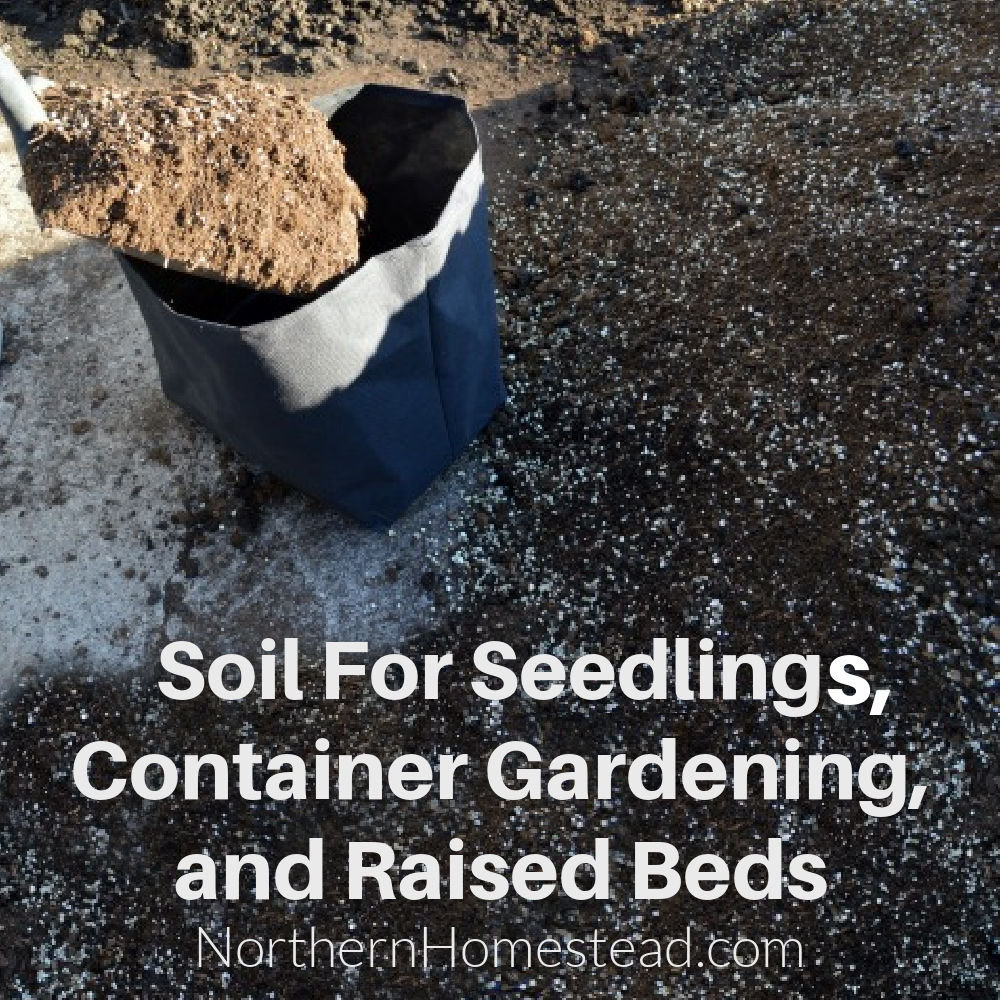
Good soil is essential for healthy plants. Soil for seedlings, container gardening, and raised beds is different than the dirt in your garden. Container gardening soil needs to be light, be able to retain moisture, and have enough nutrients to keep the plant growing.
Here we share two mixtures for different situations and uses, and also take a look at store-bought ProMix. Mel’s mix is great for seedlings, container gardening inside and outdoors, and also a mixture of freely available materials that is great for raised garden beds. If you are not sure if you have a container garden or a raised bed garden, head over to read Raised garden beds VS Container gardening.
We are addressing the subject not as professionals but as end-users. We will discuss DIY container soil, how to plant in containers so that we get the most benefits, and how to reuse the soil.
understanding the basics about container soil
Container soil or potting soil usually has 3 components, a light growing medium, a moisture retainer, and a fertilizer. Some of the component’s functions overlap.
Common growing mediums that lighten the soil and add volume are Peat Moss, Coco Coir, leaves, straw, sand, etc.
Vermiculite, perlite, or wood (as sawdust, small twigs, wood chips) are used to absorb and release moisture.
Natural compost, composted manure, worm castings, and other organic materials are used to add nutrients to the soil and feed the plants.
You can buy ready-made soil from a garden center. However, you most likely will not know what has been used in that soil. Organic potting soil may contain organic fertilizers, while non-organic soil may include some chemical fertilizers. It’s important to read the labels carefully and understand their contents.
We prefer to mix our own soil, which does not require chemical fertilizer. It helps to keep things simple and produces great results.
Make your own soil mix for containers
The DIY soil mixture that we use and have made great experience with comes from the All new Square Foot Garden book.
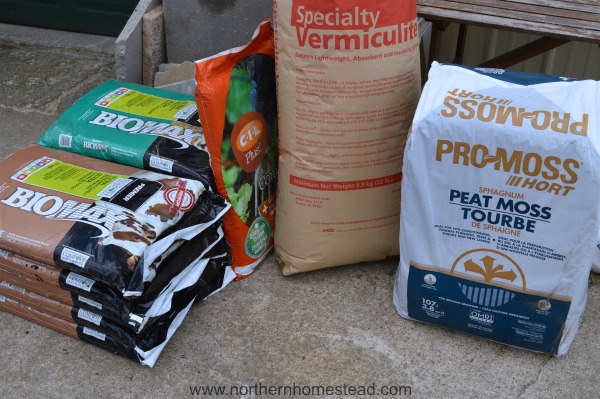
The book teaches how to make your own Mel’s Mix. You will need
- 1/3 compost (preferably different varieties)
- 1/3 vermiculite
- 1/3 peat moss
All of these are measured by volume in its loose form, not by weight. For example, use a bucket to fill it with vermiculate, then use the same bucket to fill it with loose peat moss and add it to the vermiculate, and finely measure in the same bucket different types of compost and add that to the mixture as well. Now mix everything together and there you have it, a light, nutrient-rich soil. We have been using this mix with great results.
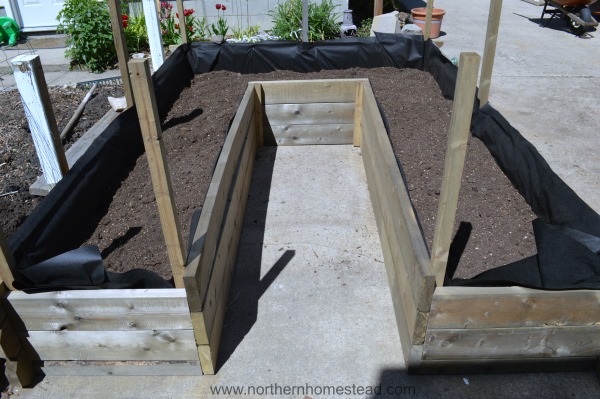
We use Mel’s mix for all kinds of container gardening and also for the raised bed that is not connected to the topsoil. The advantage of Mel’s mix is that it is reusable for many years. We talk more about it below.
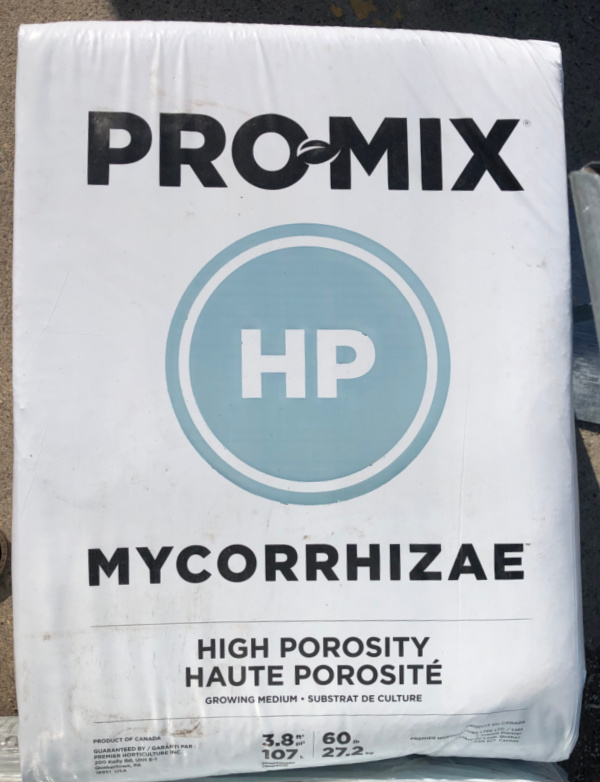
You can also use Pro-Mix, which contains two of the three essential components that plants need to thrive. However, it has a higher concentration of peat moss, comprising at least 65% for HP and %75 BX of the mix. Pro-Mix HP and BX are popular choices because they include Mycorrhiza. To support plant growth, you will need to add compost or manure as a fertilizer, mixing two parts Pro-Mix with one part compost or manure.
Soil for seedlings and indoor gardening
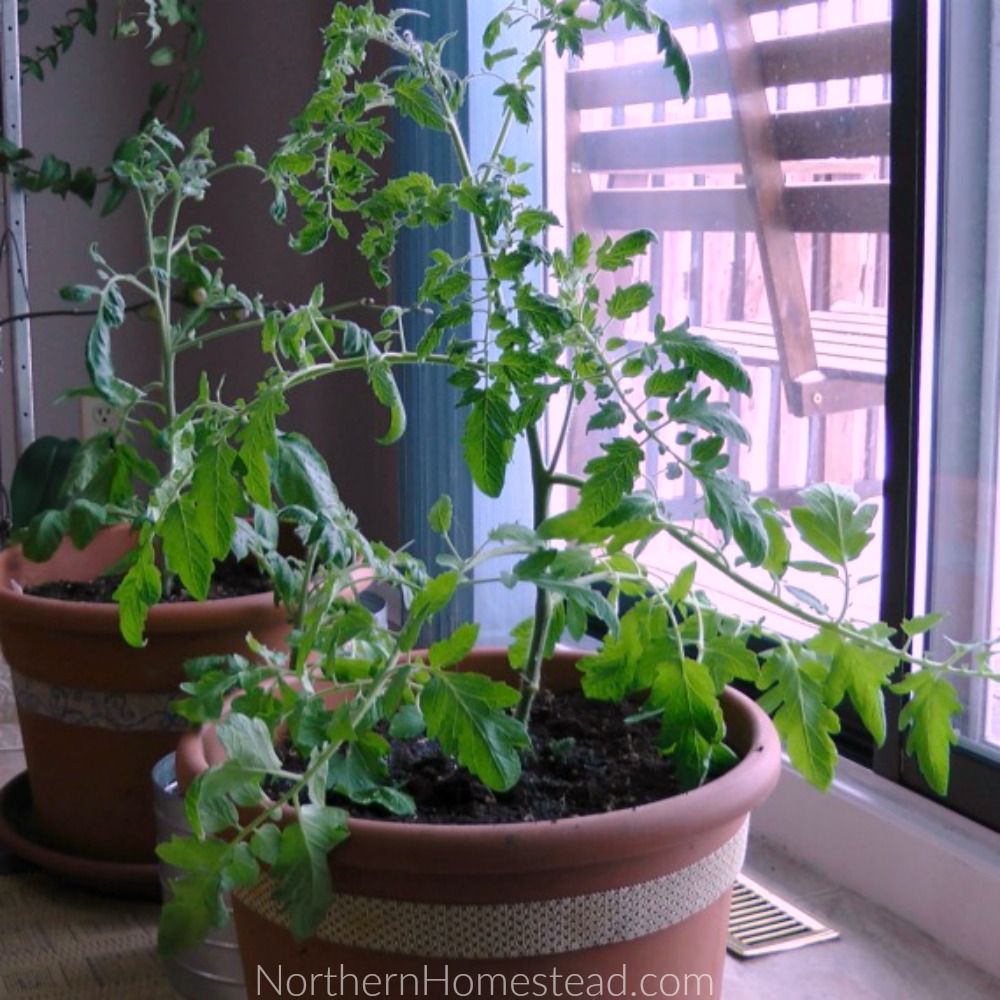
If you are growing indoors or starting seedlings indoors, you want to make sure the soil is sterilized and bug-free.
Mel’s mix is great for all kinds of indoor growing. When mixing it yourself, the only part that could have bugs or seeds in it is the compost. You will need to sterilize only the compost.
A simple way is to heat the compost to 82C (180F). Put the compost into an oven-safe container and heat at 82-93C (180 to 200F) for 30-60 minutes, or when soil temp reaches 82C. Or dedicate an old slow cooker to soil sterilization (that’s what we do), about 2 hours on high will reach the temperature. A thermometer can be helpful.
When starting seeds in Mel’s mix, you will not have to worry about fertilizing. Natural compost is available to young plants to use nutrients as needed. It simplifies the process a lot. Read more about starting seeds indoors here.
Free soil for raised garden beds
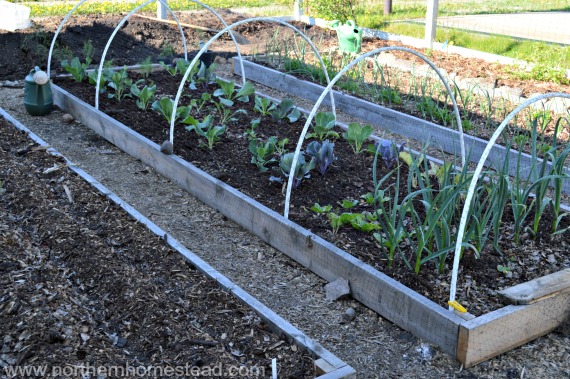
Raised garden beds can be filled with all-natural materials from your garden. If those natural materials are widely available to you, very much like you would build a Lasagna Garden. For example, layer some straw, to make the soil light then add some compost, for the bottom layer the compost does not have to be of top quality. You can repeat the layers as many times as you need to fill the container. Top up with good fine compost to plant in.
We recommend building your garden beds on topsoil whenever possible so that worms and fungi can enrich it.
Using natural materials for containers
This natural mixture can also be used in a container bed, meaning raised beds that are not open to the soil. In an enclosed container you might want to start with twigs at the bottom for drainage, followed by some smaller twigs or wood chips to absorb moisture.
At the end of the growing season add the mixture to the compost pile, and start new next spring. You don’t lose the materials, and if they are freely available to you, go for the natural way. There is no need to buy expensive peat moss or vermiculite.
In a warmer climate, you might get away using the soil mix for a few years, however, in a cold climate all soil life that is trapt in the container will die over the winter.
How to plant a Container garden
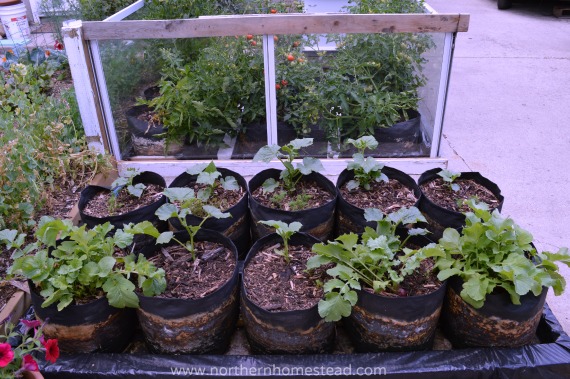
Not all plants need the same amount of nutrients. There are those that are heavy feeders and even those that provide nitrogen to other plants.
Heavy feeders are plants that have a particularly high nitrogen requirement. These are plants like artichoke, broccoli, cucumber, potatoes, cabbage, corn, pumpkin, tomatoes, zucchini. If you want to grow them, you have to make sure there is enough compost in the soil. We usually add compost, or worm casting into the individual hole at planting time.
The most common nitrogen fixers in the vegetable garden are legumes. They can be planted together with the heavy feeders. For example corn with beans, or cucumber and peas, indeterminate tomatoes with bush beans. In these combinations, the nitrogen fixers aid the need for the heavy feeders.
Companion planting in containers looks good, and plants can help each other to grow and avoid problems. Basil and tomatoes, dill and cabbage, garlic and potatoes, cucumbers and radishes are great examples.
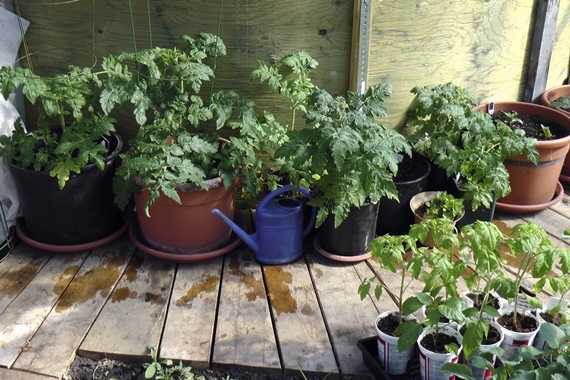
West Coast Seeds has a good list for companion planting. Find the plant you want to grow and see what does well with that plant.
How to reuse container soil
As we said above, if using Mell’s mix or ProMix as a base, you do not need new soil year after year. Depending on the plants and the size of the container or raised bed, you want to use different methods, but you can grow in the same soil for several years.
Let’s go through three scenarios where we share our experience.
1. Raised garden bed
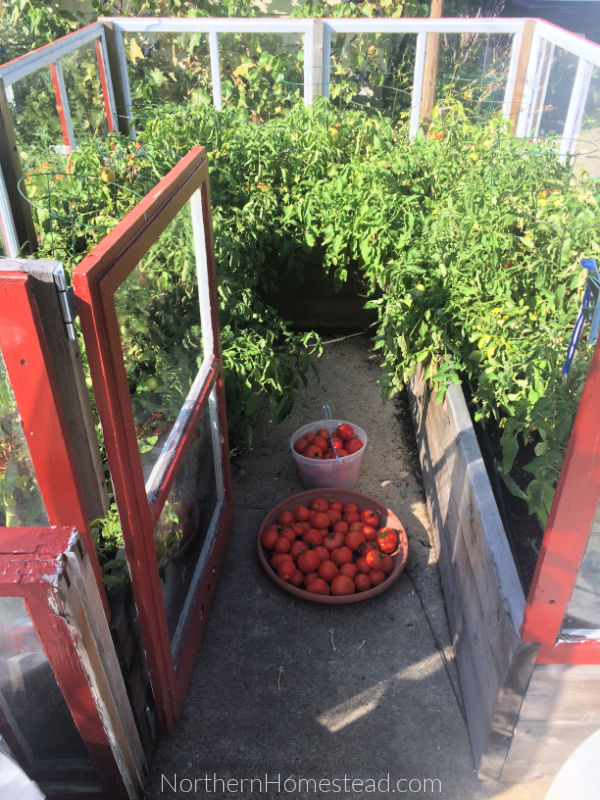
In our raised garden bed, we were mostly growing tomatoes, so at planting time, we added compost or worm casting to the hole before planting. We might also mulch the bed with wood chips, so we do not have to water as much. In the fall, we take out the roots when plants are done, and add a layer of compost if we have not mulched them during the summer. The idea is to add some new organic material every year. Since our tomatoes are usually disease-free, we grow them in the same bed year after year.
2. Grow bags and bigger containers
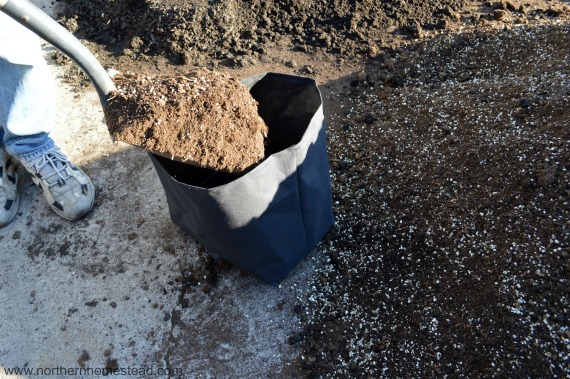
Each year, refresh the soil for grow bags and larger containers. The only new material to add is compost. We found that the easiest way to manage container soil is to completely empty all the containers or grow bags. Then, add a generous amount of compost and mix it thoroughly. It’s not necessary to maintain a strict ratio of one-third compost to soil; depending on what you’re growing, you might choose to add more or less. Mixing the soil fresh each year loosens it up, making it feel just like the first time you started.
3. Small containers
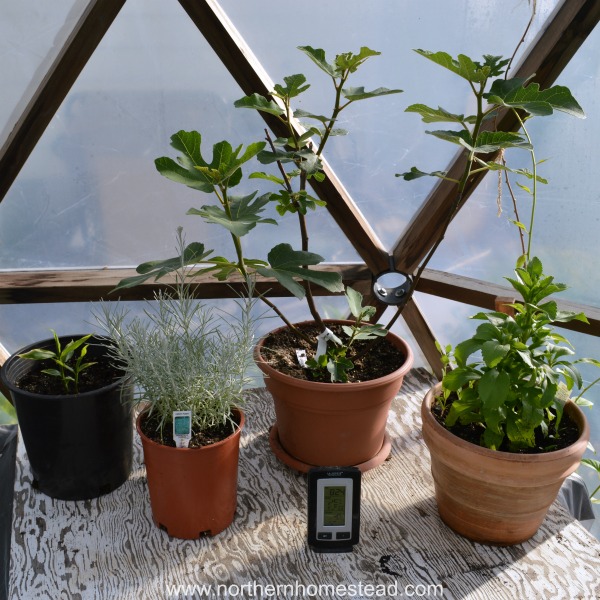
The soil from smaller containers might be done after one year of growth. Just use common sense. If the soil is full of roots, it is better to add it to the compost pile. This way, it stays in your garden, and the roots will decompose before you use it again.
Don’t forget to subscribe to Northern Homestead and follow us on Instagram, Facebook, or Pinterest for the latest updates.

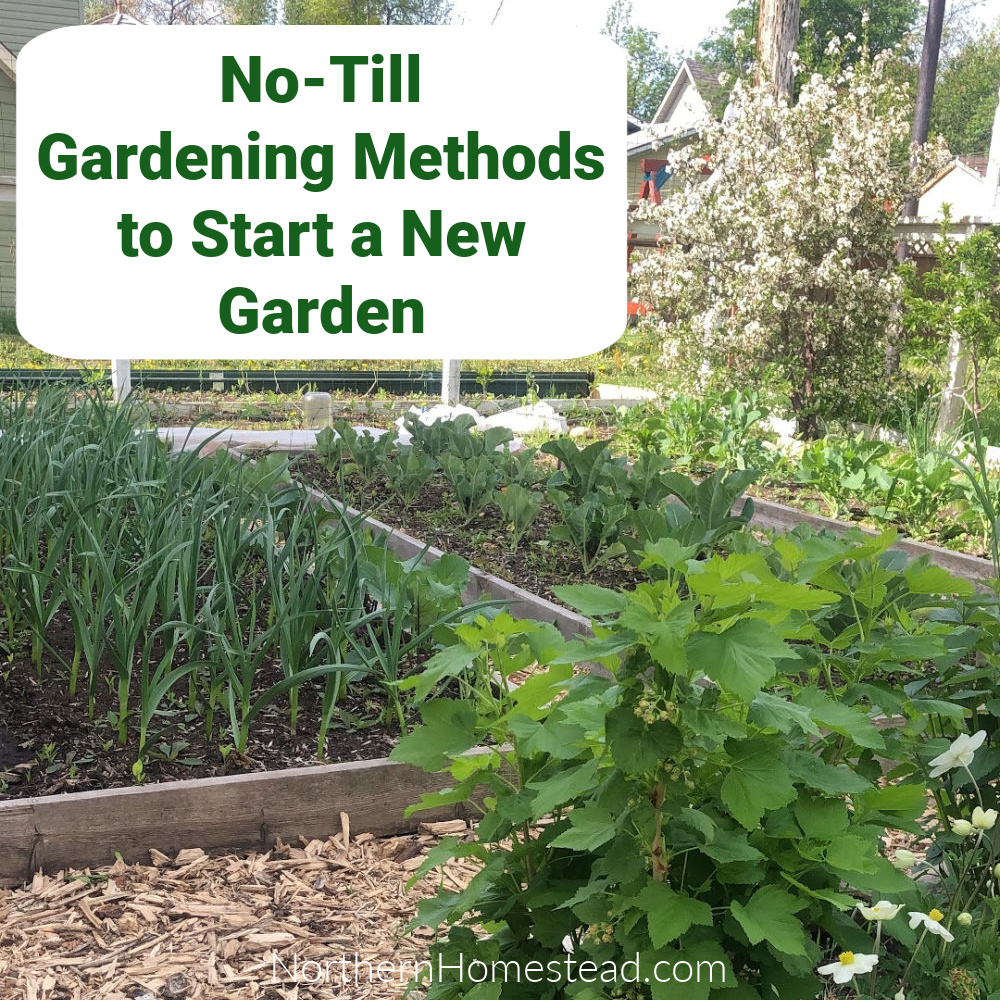
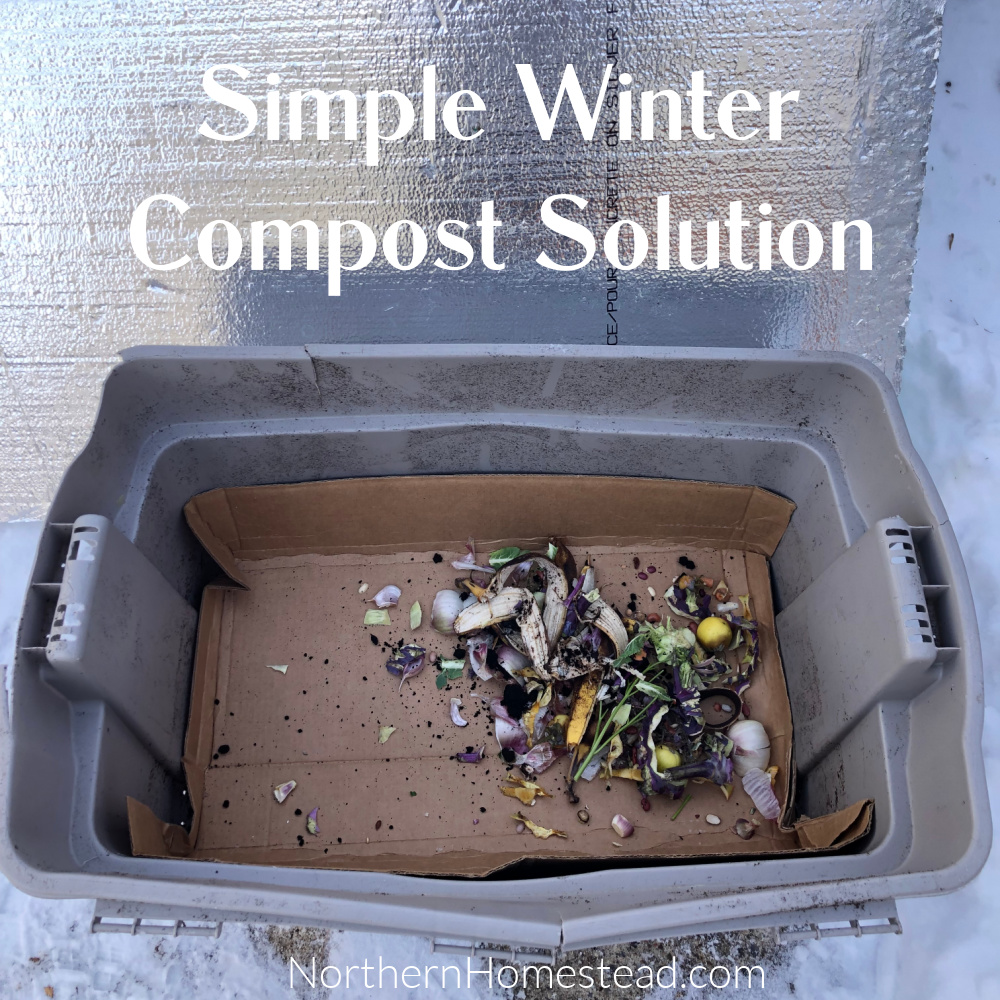
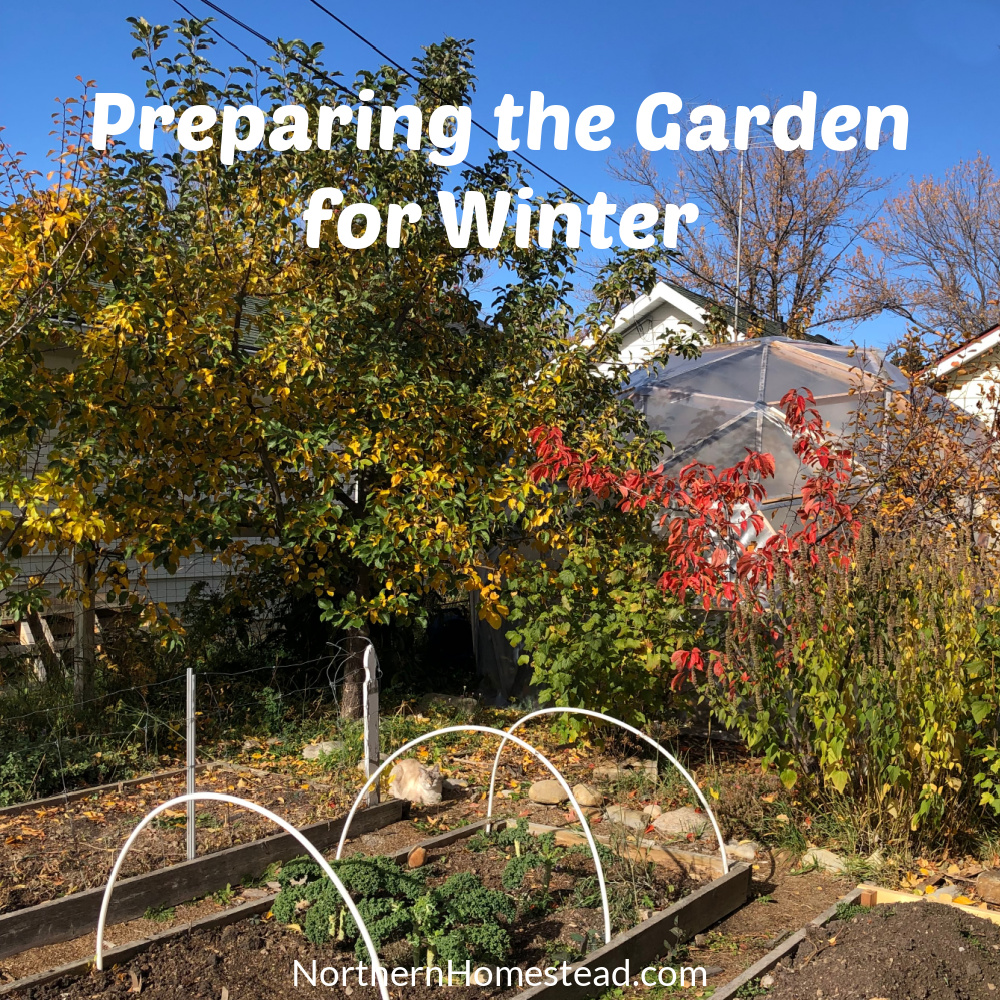
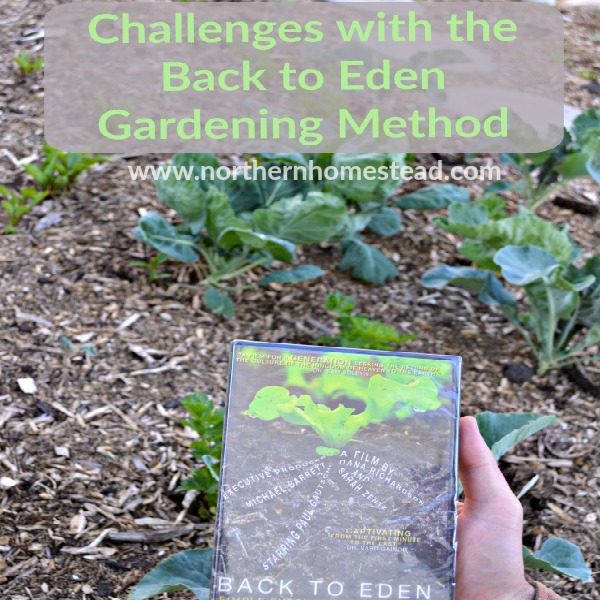
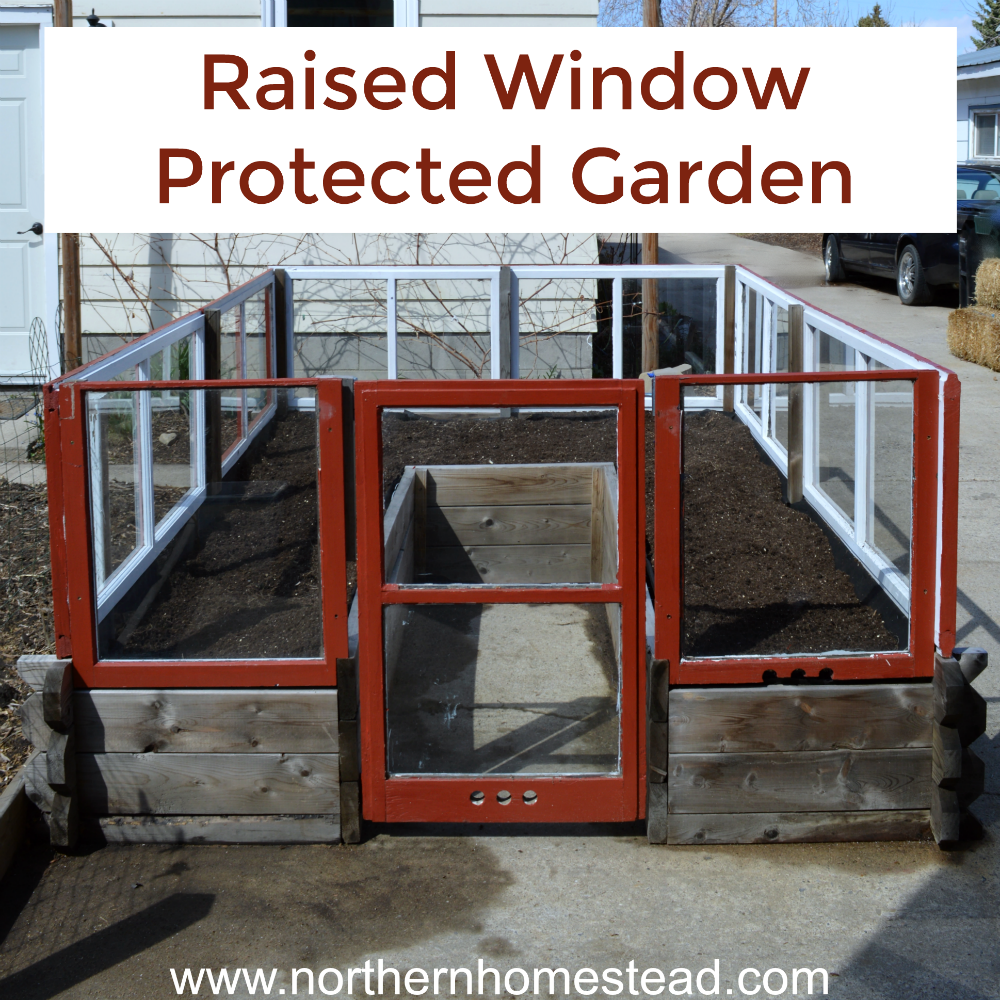
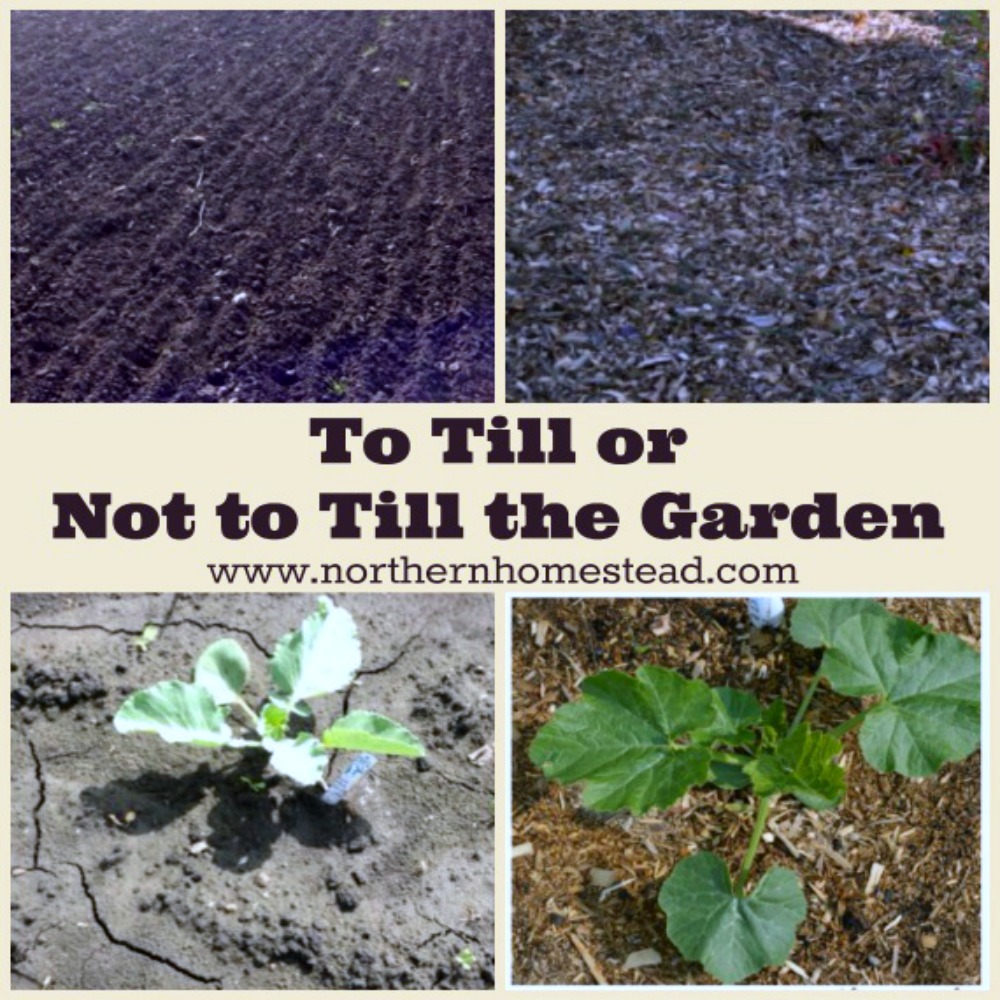
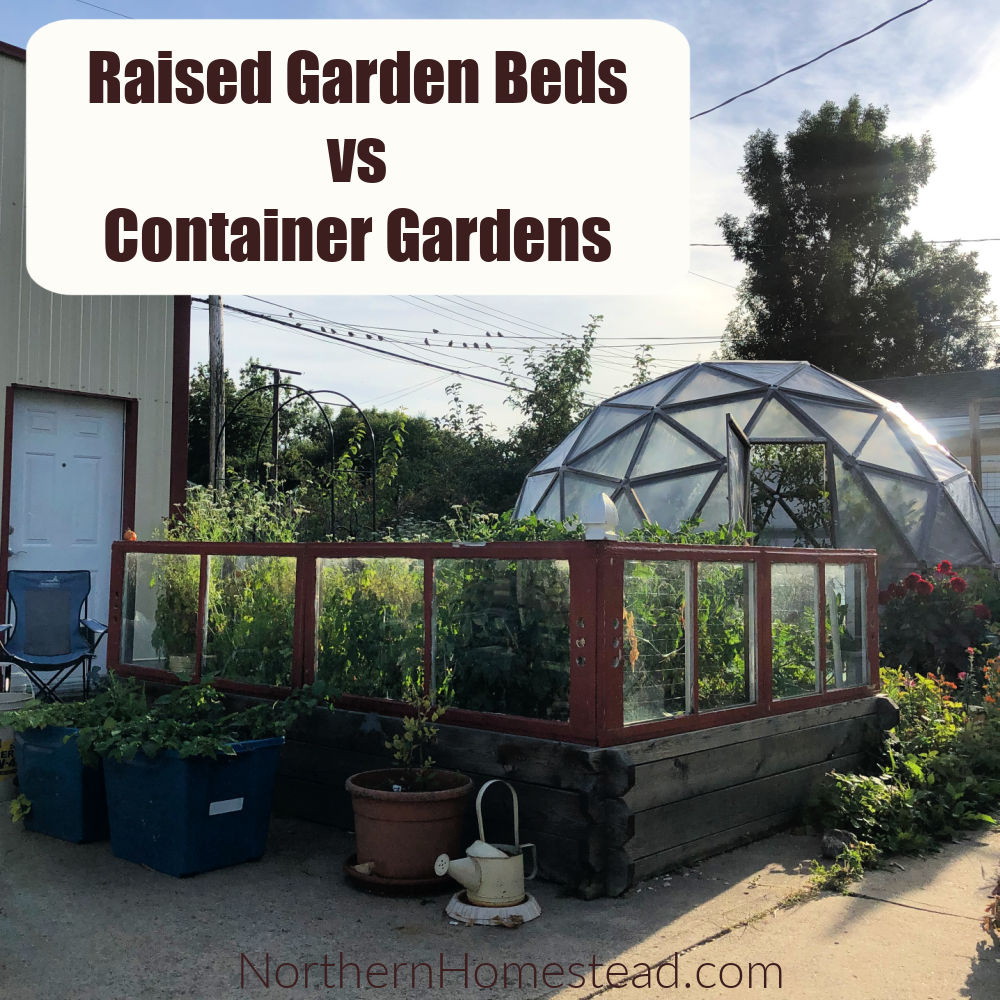
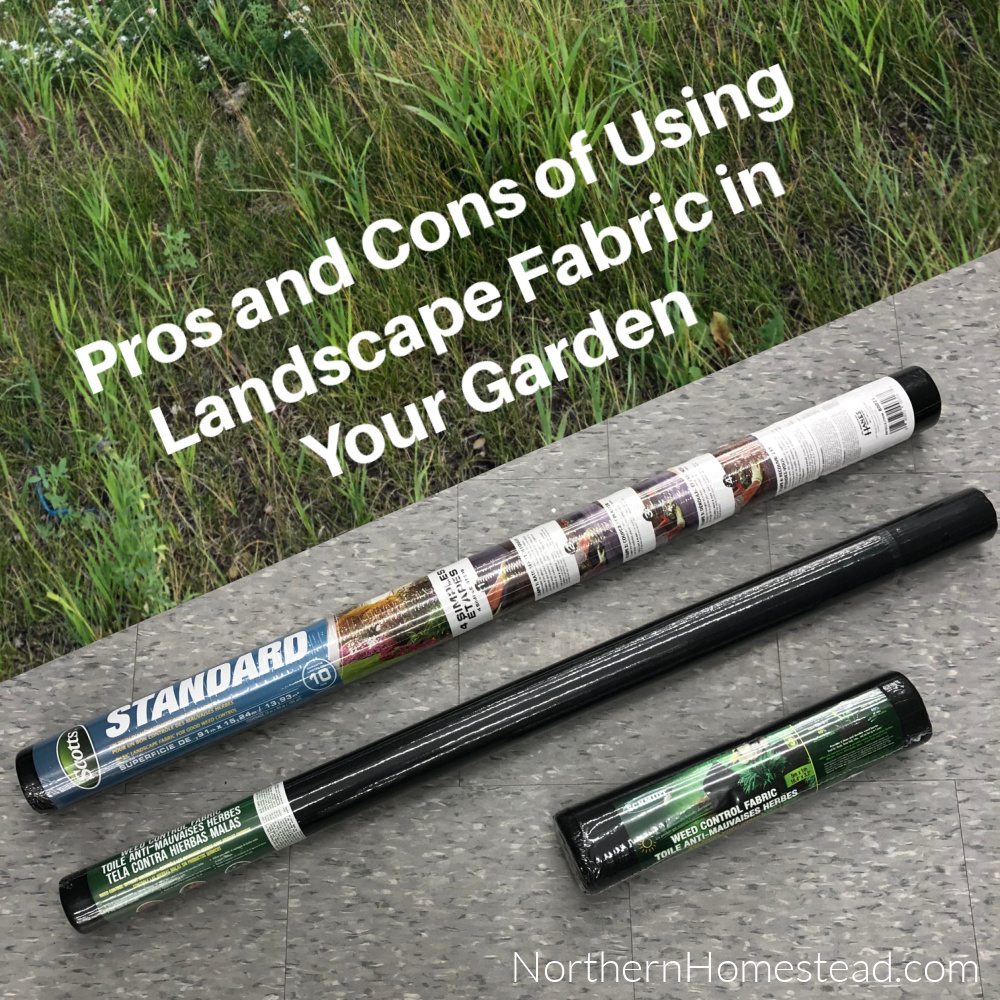
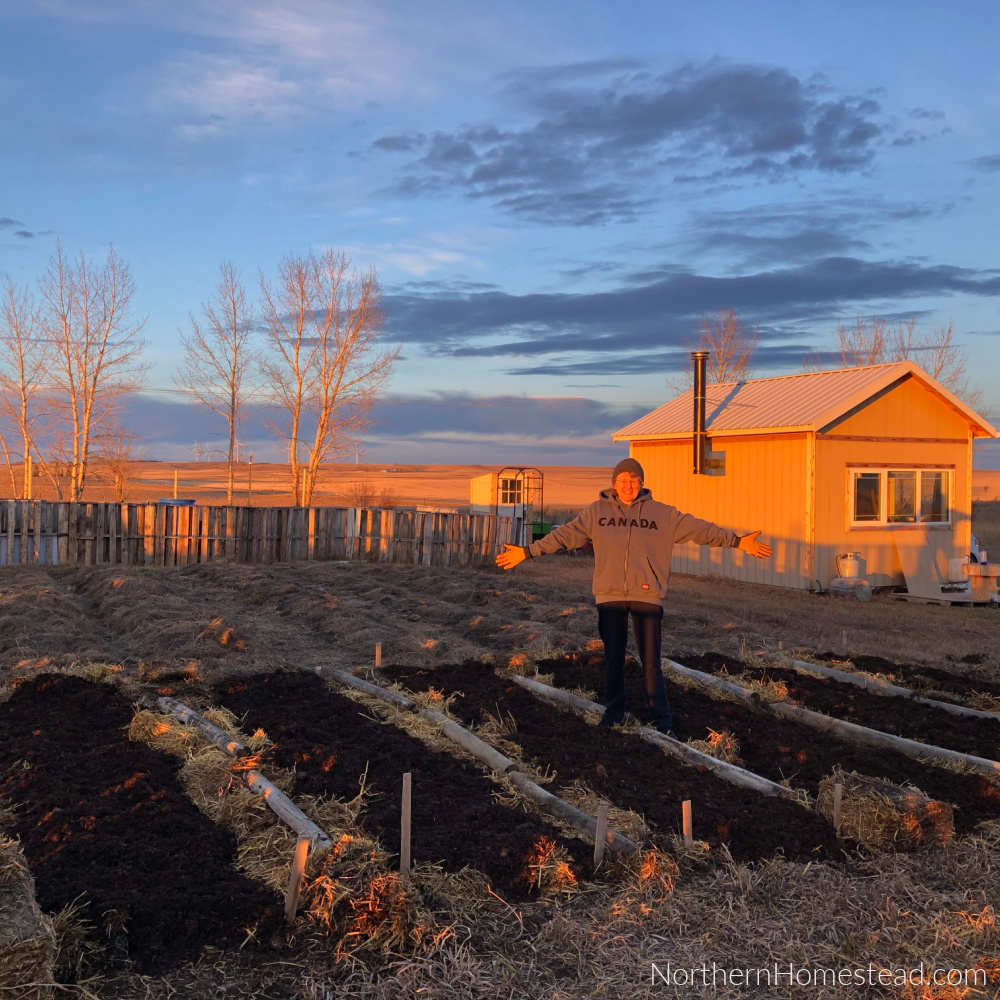

Have you thought about switching to a peat-free mix? Seems to be the way the gardening world is going, since peat is a finite resource that is being depleted at an alarming rate. I’m looking for an easy potting soil recipe that uses coir or some other sustainable substance.
I have thought about it, but my little research has not brought great results. Coir is so not local to where we are, not sure if that is more sustainable. All-natural mixes might be the only real sustainable options.
Yeah the coir has to be flown in from Asia. I’d love to find a recipe with composted leaf mulch or some other locally available AND sustainable base.
I am interested in making Mel’s Mix, and need more information please, about sourcing coarse vermiculite in large bags. Easy to buy small bags of fine vermiculite, quite expensive if I need to buy several. What have you found works for you, to buy vermiculite at reasonable cost?
Home Depot offers 1-4 CU bags that can be ordered online. Also, ask in bigger greenhouses. Hope this helps.
Hi Anna, I’m trying to understand why I need to buy perlite. Isn’t it made from lava rock? How does it then hold water? Wouldn’t leaf mulch or shredded bark or bark chips or sawdust work instead? Those are the things I have available in my forest. Also if you sterilize the soil doesn’t that kill all the beneficial bacteria / microbes/ worms that we want in the first place? What about good enzymes? I can understand not wanting bugs crawling around the house but won’t they tend to stay inside the container where it’s wet and warm and they have something to eat? Just trying to wrap my head around the principles so I can remember better. Also want to save $ and time. Thank you!
You do not have to buy perlite, as I say in the post – Vermiculite, perlite, or wood (as sawdust, small twigs, wood chips) are used to absorb and release moisture. Use one that is available to you.
There is not a whole lot to eat in a container, especially when larva becomes flies, etc. That’s why for indoor use we recommend sterilizing.
Your captcha is broken and not easy to see. I have to re0type my question which is anoying. So it is if you have ever tried using woodstove to sterilize compost. How about using a large baking tray and stirring it occasionally until it is thoroughly hot? Thak you for answering about the perlite. I think the shredded cedar bark and sawdus I have should work, but I have heard it robs nitrogen from the soil until it breaks down completely. Maybe not an issue with seedilings?
Thank you for the heads up! It does not matter how you heat the soil to sterilize, as long as it is heated through.
Any carbon (wood etc) needs nitrogen (compost or manure) to balance it out. It would not be such an issue to start the seedlings, but as the seedling grows, it does need nitrogen. You would have to fertilize.